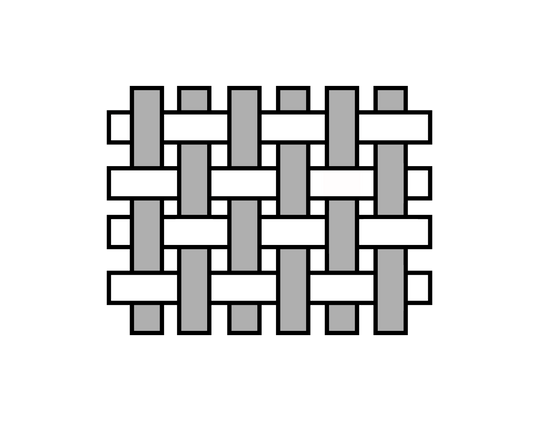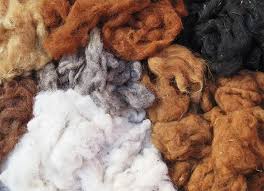Olefin is a strong, stain-resistant fiber often used in various textile applications, including wallpaper. First discovered and produced in Italy in 1957 by Giulio Natta and Karl Ziegler, this fiber has been developed to expand modern textile applications.
The History of Olefin

Commercial production of olefin began in Italy in 1957, followed by the United States in 1960. It was developed to meet the growing demand for strong, easy-care textile fibers. Due to its unique properties, including stain resistance and durability, olefin has become popular for applications such as wallpaper and other upholstery textiles.
The Properties of Olefin

- Durable: Olefin is known for its exceptional strength, making it an ideal choice for textile applications subject to heavy wear such as wallpaper.
- Moisture Wicking & Quick Drying: It effectively wicks away moisture, contributing to quick drying and a comfortable feeling.
- Cannot Be Dyed: Olefin is inherently difficult to dye due to its chemical structure, thus limiting coloring options.
- Antistatic: It has natural antistatic properties, thus reducing the accumulation of dust and static electricity.
Why Choose Olefin?

Olefin is chosen for its exceptional stain resistance, durability, and ease of maintenance. It is particularly suitable for wallpaper, offering a robust and aesthetic solution for decorating interiors while withstanding the conditions of daily use.







